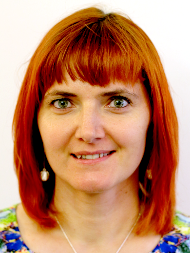Activity
RECRUITING!!
Open positions
New publication and dataset for audio captioning
Publications
Presentation on reproducible research
Presentations
Latest publications
Audio-Visual Scene Classification: Analysis of DCASE 2021 Challenge Submissions
Diversity and Bias in Audio Captioning Datasets
Low-Complexity Acoustic Scene Classification for Multi-Device Audio: Analysis of DCASE 2021 Challenge Systems
Towards Sonification in Multimodal and User-friendly Explainable Artificial Intelligence
Crowdsourcing Strong Labels for Sound Event Detection
Sound event detection in multisource environments
Automatic sound event detection aims to find the sound events in a continuous audio recording, label each instance and mark its onset and offset. Real-life recordings contain a large variety of sounds, often overlapping, making sound event detection a very challenging task.
Semantics and annotation of sound scenes and events
Data collection and annotation is a delicate phase in the development of methods, as machine learning depends heavily on the type of data used in training. Different alternatives exist, from experts doing manual annotation with strong and weak labels, to crowdsourcing, and active learning, using a small number of target classes or a large, unrestricted number of freely chosen labels.
Singing voice recognition, singer identification
Singing voice is a central component of music, and when present, it immediately attracts the attention of the listener. Voice conveys a variety of information, including identity and semantic content, along with emotional and aesthetic elements. Music information retrieval tackles a variety of voice related tasks, including singer identification and recognition of lyrics from singing.
Acoustic scene classification
Automatic classification of acoustic scenes aims at labeling a test audio recording to a category that explains its geographical or social context, for example park, street, meeting. While the classification problem itself is not highly difficult, challenges brought by mismatching recording devices and open set classification make this a very active research topic.

